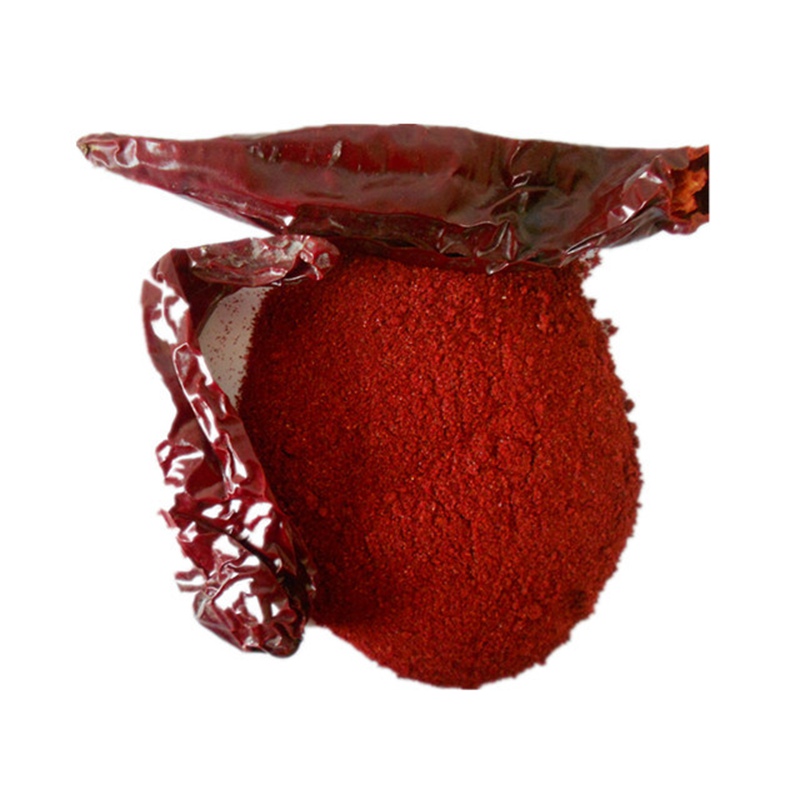අගෝ. . 18, 2024 01:15 Back to list
Exploring the Spicy World of Red Pepper Flakes and Their Culinary Uses
The Vibrant World of Red Pepper Flakes
Red pepper flakes, often referred to as chili flakes, are a staple in kitchens around the globe. These vibrant, fiery sprinkles not only add heat but also bring depth and personality to a variety of dishes. With their origins traceable to the Capsicum annuum plant, red pepper flakes offer much more than just a kick; they embody a cultural significance and a culinary versatility that has enchanted chefs and food lovers alike.
The process of making red pepper flakes begins with selecting the right variety of chili peppers. The most common choice is the crushed red pepper, typically made from peppers such as cayenne, jalapeño, or crushed red peppers from various regions. The peppers are dried and then crushed, resulting in the small, irregular flakes that we recognize today. The vibrant red color, a signal of their potency, can evoke sentiments of warmth and excitement in any dish.
In culinary applications, red pepper flakes serve multiple purposes
. They are commonly used in Italian cuisine, where they can transform a simple marinara sauce into a spicy delight, or elevate classic dishes like pizza and pasta. The flakes add not just heat but also a subtle smokiness that complements the umami flavors present in tomatoes and cheeses. Furthermore, they are a popular ingredient in various spice blends such as za'atar or harissa, showcasing their ability to blend harmoniously with other spices.red pepper flakes

One of the beautiful aspects of red pepper flakes is their ability to cater to individual palates. While some may prefer a mild heat, others may seek out the intense kick that certain varieties can provide. The Scoville scale, a measure of chili pepper heat, helps in understanding the heat level associated with different flakes. For instance, crushed red pepper commonly ranges from 30,000 to 50,000 Scoville Heat Units (SHU), while cayenne can reach up to 100,000 SHU. This variance allows cooks to tailor their dishes according to personal preference or the preferences of their guests.
Beyond their culinary applications, red pepper flakes also carry health benefits. They are known for their rich content of vitamins A, C, and E, contributing not only to nutritional value but also to their anti-inflammatory properties. Additionally, capsaicin, the compound that gives peppers their heat, is thought to aid in metabolism and may even promote pain relief when used topically. Thus, incorporating red pepper flakes into your diet can be both a tasty and health-conscious choice.
Culture and tradition further enrich the narrative of red pepper flakes. In many regions, including southern Italy and parts of Asia, chili flakes are not merely an ingredient; they are a beloved element of culinary heritage. The act of sprinkling red pepper flakes is a ritual that transcends mere cooking, heralding communal meals filled with laughter and shared experiences. Their inclusion in traditional dishes pays homage to generations of culinary innovators who have used spices to convey love, warmth, and hospitality.
In conclusion, red pepper flakes are a remarkable ingredient that adds not just heat, but a wealth of flavor and history to our meals. Whether used sparingly or liberally, they have the power to elevate dishes and bring a sense of adventure to the dining experience. As we explore the limitless possibilities of global cuisines, let us remember the humble red pepper flake, a small yet mighty symbol of flavor that continues to inspire our culinary journeys. So, the next time you reach for that jar, consider the vibrant stories and flavors it brings to your plate.
-
Ghost Chili Pods2: AI-Optimized Heat Solutions
NewsAug.01,2025
-
Sweet Paprika Spice - Natural, Sweet & Smoky Flavor Enhancer
NewsJul.31,2025
-
Ghost Chili Powder: World's Hottest Spice for Bold Dishes
NewsJul.31,2025
-
Premium Chili Powder-600: Mild Heat, Pure Flavor
NewsJul.30,2025
-
Premium Ghost Chili Powder2 - Extreme Heat & Pure Flavor
NewsJul.30,2025
-
Premium Shishito Paprika & Red Pepper Powder for Culinary Use
NewsJul.29,2025

